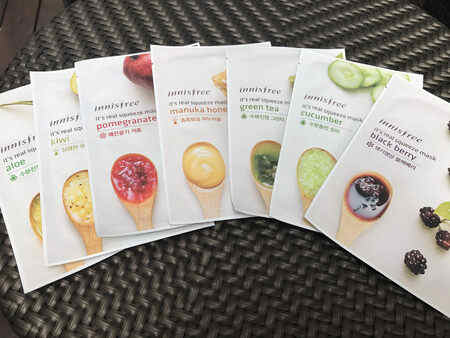Facials done Right
Everyone loves facials. People love it so much that next to massages, it is the second most booked treatment at spas. What's not to love? Facials leave you with cleansed, pampered & nourished skin. They're very good for your soul as well. You feel more relaxed & refreshed after each treatment. Your skin looks great, so you feel great too!
Like any treatment, there are pros & cons to facials. Facials are good for you when done right. Otherwise... read more
Everyone loves facials. People love it so much that next to massages, it is the second most booked treatment at spas. What's not to love? Facials leave you with cleansed, pampered & nourished skin. They're very good for your soul as well. You feel more relaxed & refreshed after each treatment. Your skin looks great, so you feel great too!
Like any treatment, there are pros & cons to facials. Facials are good for you when done right. Otherwise, what should be a healing & relaxing experience could become a traumatic nightmare. Nobody wants that.
Just like shopping for skin care products, it pays to do some research before booking that facial appointment at the spa.
You go to spas to improve your well-being. It should go without saying that these places should adhere to certain health, safety & sanitary standards for the protection of their customers. Is the place clean? Do they sterilize their equipment as often as they use it? These should be part of their standard operating procedure.
2. Licensed EstheticiansA reputable spa should have licensed estheticians to do treatments. More than just having a clean, safe & relaxing environment, a good spa usually has the training certificates of their people proudly on display.
3. Facial Treatment ProcessYour treatment should at least follow a certain order:
A. Pre-Facial ConsultationFacials usually start out with a consultation. You'll be asked to fill out a form with questions about your immediate skin concerns, your diet, existing health concerns, your lifestyle, allergies & other details. This way, your facialist can recommend the best the type of treatments suited to your skin.
B. StepsNow we move on to your FACIAL treatment. Each spa has its own variation, but these are the usual steps:
- Cleanse
Facials always start with a thorough cleanse. Your esthetician would use cream & foaming cleansers to remove your makeup and cleanse your face of dirt, oil & other residue.
- Steam
After cleansing, your esthetician would use a steamer to gently release a steady stream of warm vapor onto your face. This opens up your pores & softens blackheads, white heads & other blemishes to make extraction easier.
- Extraction
This is probably the most uncomfortable (painful!) & dreaded part of the facial. The removal of pustules, blackheads & white heads happens at this stage.We at Niniko have dedicated another blog post for why you should think twice about extractions. More of that here: Pimple Extraction – DO NOT try this at home !
-
Mask
Now here's where the real pampering happens. =) After braving the torment of extraction, your skin deserves some "TLC". Your trusted esthetician will apply a mask especially chosen for your skin type and leave it on for about 10-20 minutes. This stage of the facial closes your pores, reduces redness, brings down inflammation and relaxes your mind & body. Your esthetician also massages your hands, arms and decolletage. You can take advantage of this time to take a quick nap as well.
As you wake up from your rejuvenating nap, your skin gets the final touches of toner, serum, moisturizer, eye cream so you can get on with your day with great looking skin.
Follow-up Home Skin CareAfter your spa treatment, it is best that you follow it up with proper skin care at home. Your facialist should at least have recommendations (products or techniques) for post treatment care that you can do in the comfort of your own home.
That said, YOU, more than anyone else, should be your own skin expert. You should at least know your skin type & know which ingredients & products work best for your skin. It can be as simple as a few steps to as complex as you may want it to.
For the best products for your skin type or skin concerns, check out our wide selection of skin care products.
Shop Skin Care Products Now